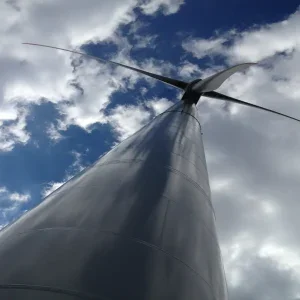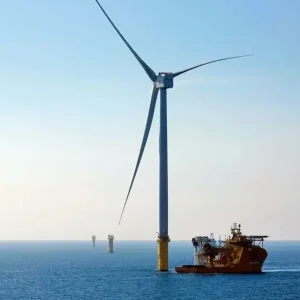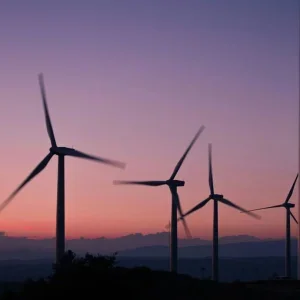The global wind turbine operations and maintenance (O&M) market size increased from $2.1 billion in 2006 to $13.7 billion in 2016 at a CAGR of 20.6%.
In 2016, global wind power capacity reached 491GW, with an addition of 52GW in that year. More than 400GW of wind power capacity was added during the 2006–16 period, which drastically increased opportunity for the O&M market. During the 2017–25 forecast period, the wind turbine O&M market size is expected to increase from $15.1 billion to $27.4 billion according to GlobalData’s recent report on the global market.
Bigger turbines, bigger demands
The market is largely driven by growing installations and an increasing number of ageing turbines. The growth in the wind turbine O&M market is influenced by high replacement cost and an increasing failure rate of components such as blades, generators and gearboxes. Some of the key challenges to the wind turbine O&M industry include a lack of skilled technicians and difficulties in logistics. As most wind farms are set up in remote areas, transporting labour and spares from one place to another is a large cost for an O&M service provider.
Offshore wind accounted for 8.2% of the total wind turbine operations and maintenance market in 2016, but offshore wind attracts higher O&M costs compared with onshore. Higher turbine running time, logistics costs and a lack of skilled labour combine to make offshore wind service more challenging than onshore. Although onshore wind also faces logistics and labour issues, the impact of these factors on the offshore segment is greater. It is estimated that the offshore wind O&M market segment will continue to grow, and the share of the total market will be 18.4% by 2025.
ISPs are gaining a significant market share in the wind turbine O&M market. Many ISPs, such as Global Energy Services and B9 Energy, are competing with OEMs and strategically positioning themselves as low-cost and highly reliable wind service providers. Meanwhile, OEMs entered into longterm contracts of seven years and upward – for new and existing customers – to outmanoeuvre ISPs in the market. This shift to long-term contracts by OEMs is due to low operational cost, the banking sector demanding long-term service contracts for financing of new wind projects and high profit margins in the wind service segment. Most OEMs are now offering service contracts in the range of seven to ten years and also provide a guarantee on turbine availability.
As of 2016, China was the largest wind turbine O&M market and accounted for 30% of the total O&M market size, and it is expected that the country will remain in first position, with a share of 27.4% by 2025. Increasing installations of wind power in China will provide opportunity for O&M in the forecast period. A large installation base, government intent and strict environmental laws are the major reasons for the increasing wind power market in the country.
The US is the second-largest wind O&M market in the world, with a share of 14.6% in 2016, and is also expected to continue in second place in 2025. Germany, meanwhile, the largest European wind O&M market, accounted for 14.3% of the O&M market share in 2016 and is expected to hold an 11.9% share in 2025.
The major reason for the key countries losing their market share is the emergence of India and the UK in the wind O&M market. India is expected to increase from a share of 5.6% in 2016 to 6.4% in 2025 in the wind O&M market, and the UK’s share is expected to increase from 5.3% in 2016 to 7.1% in 2025.






